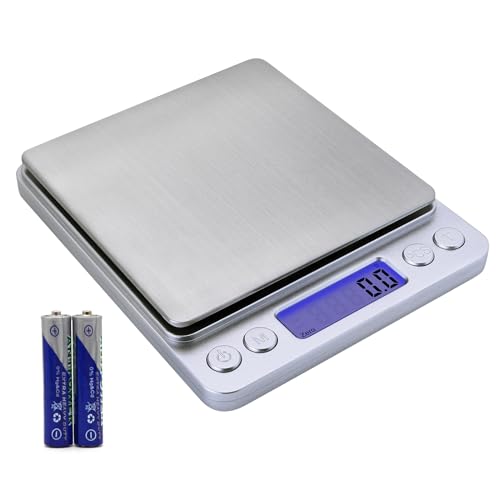CiCi said:That's reassuring Mandy. My problem is that when I look at the numbers, they don't have any meaning for me. An analogy would be that it is like picking up a foreign newspaper and all you see are the letters of the words, but the words do not mean anything because you do not understand them. Once you understand what the letters are forming, the words have meaning. I'm just trying to understand what the numbers are telling me. Once I can understand that, I'll be ready to soap. I'll go play with SoapCalc. Thanks for the info.
Those numbers had no meaning for me either when I first started soaping.
What I did when I started out was to find a recipe that sounded good to me (Kathy Miller's site has tons of recipes); type it into SoapCalc and print out the page; make the soap; cure it; use it; compare the feel of the soap with the quality numbers on my printed SoapCalc page; and then tweak my recipe to be either more conditioning, or bubbly, etc.., by using those first ever numbers on that page and my finished soap as a foundation to work from in order to improve upon my next batch, and so on and so forth until I got a soap that I really liked.
Once I came up with a recipe that felt great to me, I kept the numbers handy not only for duplicating future batches of the same recipe, but also for using as a reference point to birth other recipes from. That's the only way those numbers have made any real-life sense to me.
One of my favorite recipes that I use as a regular base recipe has these numbers (it's a Castile-type with 60% OO):
Hardness: 31 (this might seem low, but in reality, it's a nice and hard bar because of the high OO amount. One of the quirks of SoapCalc is that it doesn't figure in that OO is really a hard oil instead of a soft oil)
Cleansing: 16
Conditioning: 65
Bubbly lather: 24
Creamy lather: 23
Iodine: 64
INS: 135
It makes for a hard, conditioning bar that cleanses me without drying me out, and has abundant lather with a good ratio of bubbly to creamy.
Just keep on trying and experimenting until you find that perfect formula for you. Once you do, you'll be so excited that you'll never want to stop soaping, ever. Trust me!
IrishLass











































